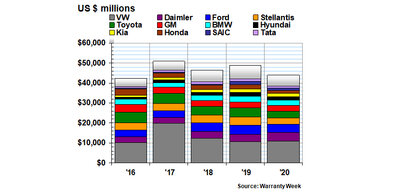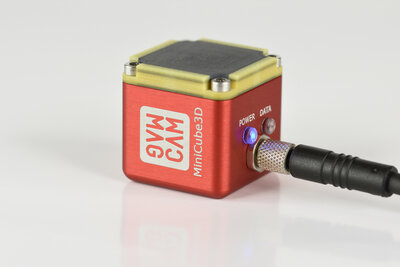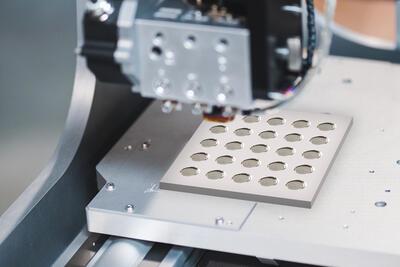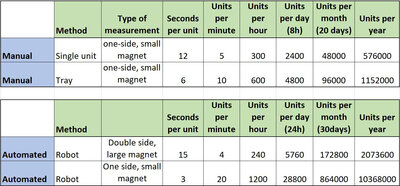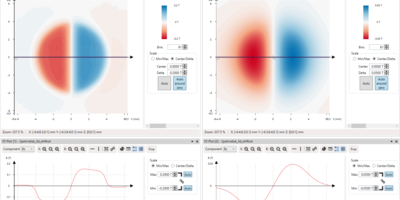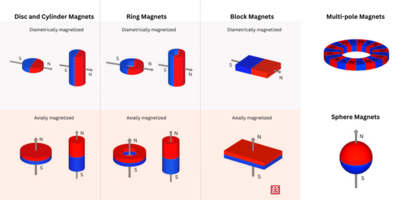To judge the quality of a magnet, we must talk about the force exerted by the magnet on a charged particle. The force vector field tells us the magnitude and direction of a force on a small test particle at any point. Therefore, the magnetic field is an image that we use to describe and visualize how the magnetic force is distributed around and within a magnetic object.
Unfortunately, we cannot see the magnetic field with the naked eye.
A magnetic field measurement system visualizes the field for us and enables analysis of the magnetic field distributions to test the magnet quality.
Magcam’s magnetic field measurement systems engineered for magnet testing on the production line include:
- MiniCube 3D, magnetic field camera
- MiniTable measurement platform
- Portal Scanner, magnetic field scanner
- MagScope, a powerful measurement and analysis software

